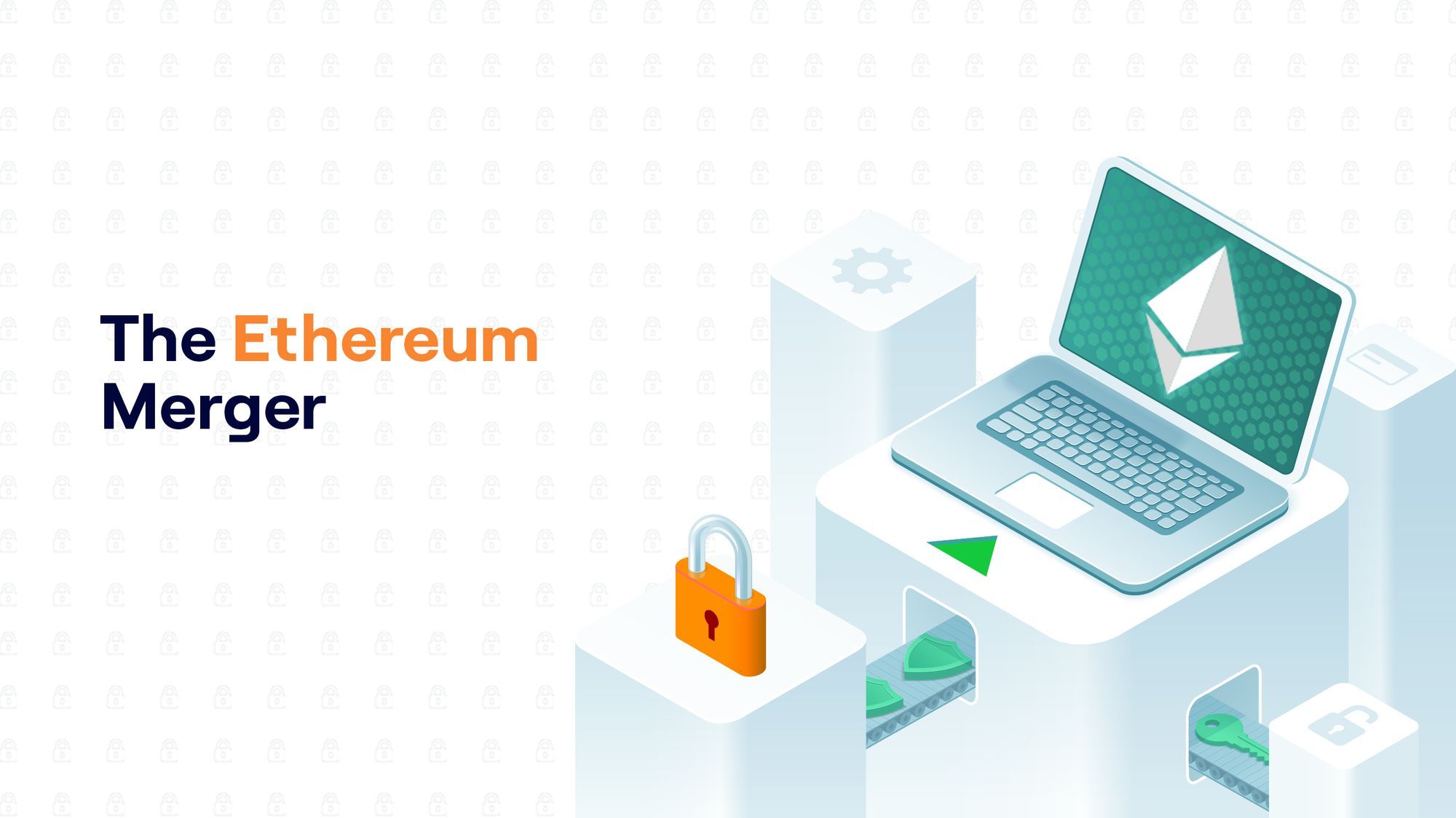
Why is Ethereum Upgrading?
Blockchains are designed with a core principle of decentralization instead of relying on a central authority, and the benefit of decentralized blockchains is security. As blockchains grow more popular, platforms must ensure that they can match the global need for transaction processing speeds, also known as scalability demands. Failure to do so can result in congestion of the network when blockchain capacity is overwhelmed by the number of pending transactions. Often, this leads to higher transaction fees.
However, achieving security and scalability can get tricky if blockchains want to preserve their decentralized nature. For example, Bitcoin is designed to have blocks mined every 10 minutes on average, according to the mining difficulty that is automatically adjusted by the protocol. While Bitcoin’s design is highly secure, the block time combined with the limit of transactions per block can lead to network congestion during increased demand; this often causes transaction fees and confirmation times to rise significantly.
To overcome such POW limitations, the Ethereum team proposed a set of upgrades known as Ethereum 2.0 (ETH 2.0).
The Ethereum Upgrade
The Ethereum 2.0 upgrades consist of the existing Beacon Chain (already implemented), The Ethereum Merge (coming soon), as well as The Surge, The Verge, The Purge, and The Splurge. After the ETH network has deployed all the upgrades, the new Ethereum blockchain is expected to become more scalable, secure, and sustainable – while still decentralized.
The Beacon Chain
Previously known as Phase 0, the Beacon Chain marks the first upgrade in the series of major Ethereum upgrades. It was launched on December 1, 2020, and introduced Proof of Stake to the Ethereum ecosystem. Users can interact with the Beacon Chain in two ways: staking ETH or running a consensus client to secure the network. It currently runs in parallel to the Ethereum mainnet.
The Merge
The Merge is Ethereum’s next serious step to tackling scalability issues. It integrates the two existing independent chains in the Ethereum ecosystem: the execution layer and the consensus layer (Beacon Chain).
The Ethereum mainnet is expected to merge into the Proof of Stake system coordinated by the Beacon Chain in September 2022. After The Merge, the ecosystem will only use a Proof of Stake mechanism to secure its network.